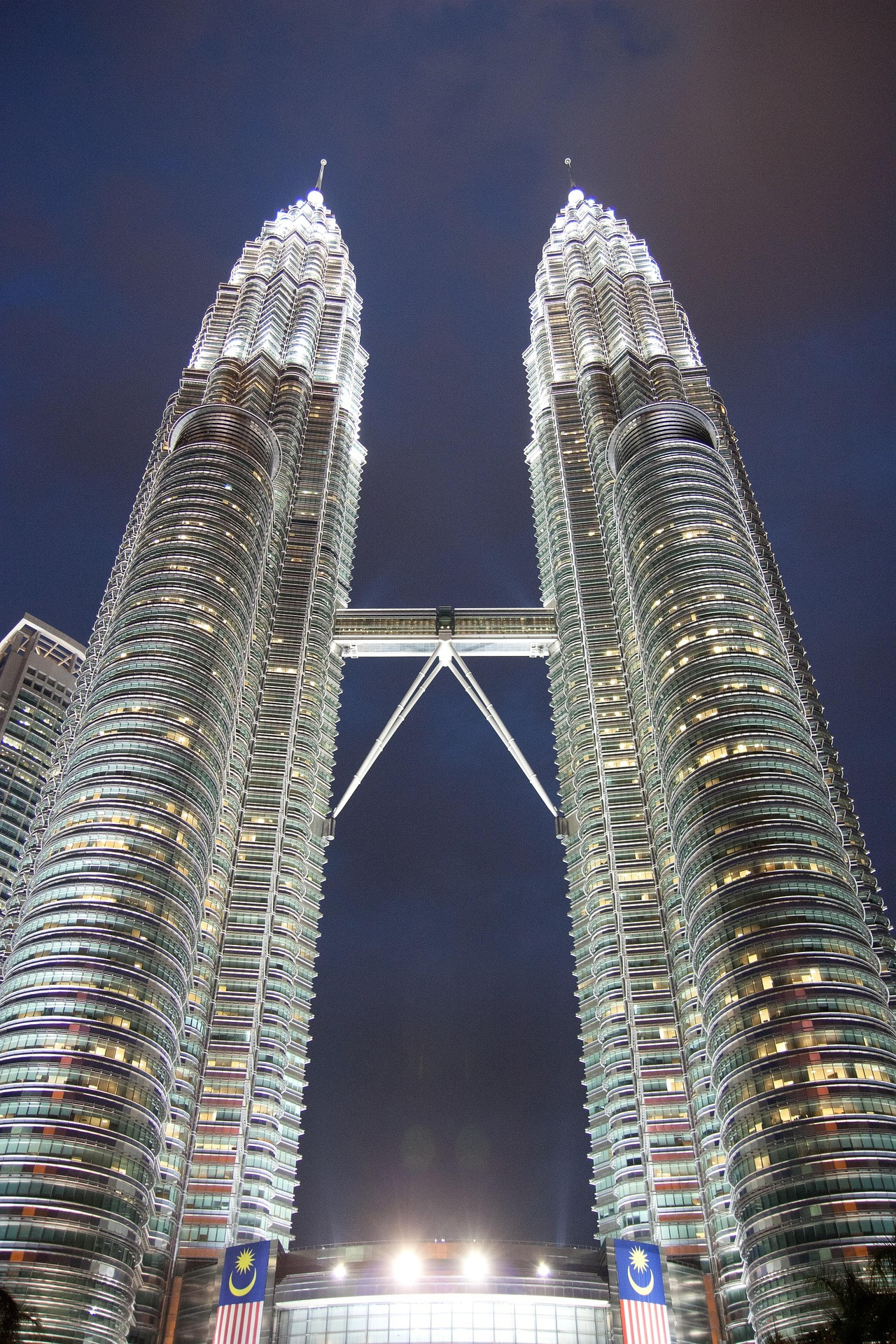Kuala Lumpur, the vibrant capital of Malaysia, is embracing the global shift towards sustainable transportation with open arms. As urbanization and environmental concerns grow, electric vehicles (EVs) have emerged as a key solution to reduce carbon emissions and improve air quality. The city is witnessing a surge in EV adoption, driven by a combination of government incentives, technological advancements, and a growing awareness of environmental issues. This article provides an in-depth look at the types of electric vehicles available in Kuala Lumpur, their unique features, and the state of charging infrastructure, along with future prospects and challenges.
Types of Electric Vehicles in Kuala Lumpur
Electric vehicles come in various forms, each catering to different needs and preferences. In Kuala Lumpur, the EV market is diverse, offering everything from high-performance luxury cars to affordable compact models and electric two-wheelers. Here’s a detailed breakdown of the types of EVs available in the city:
1. Battery Electric Vehicles (BEVs)
BEVs are fully electric vehicles powered exclusively by rechargeable batteries. They produce zero tailpipe emissions, making them the most environmentally friendly option. Popular BEV models in Kuala Lumpur include:
- Tesla Model 3:
- Features: Long-range capability (up to 568 km on a single charge), advanced autopilot system, minimalist interior with a 15-inch touchscreen, and over-the-air software updates.
- Popularity: A favorite among tech enthusiasts and professionals in Kuala Lumpur due to its cutting-edge technology and performance.
- Nissan Leaf:
- Features: Affordable pricing, e-Pedal for one-pedal driving, ProPILOT Assist for semi-autonomous driving, and a range of up to 385 km.
- Popularity: A practical choice for urban commuters and families looking for a reliable and eco-friendly vehicle.
- BMW i4:
- Features: Luxurious design, impressive acceleration (0-100 km/h in 3.9 seconds for the M50 variant), and a range of up to 590 km.
- Popularity: Appeals to luxury car buyers who want to combine sustainability with high performance.
2. Plug-in Hybrid Electric Vehicles (PHEVs)
PHEVs combine an internal combustion engine with an electric motor and a rechargeable battery. They offer the flexibility of running on electricity for short distances and switching to gasoline for longer trips. Popular PHEV models in Kuala Lumpur include:
- Mitsubishi Outlander PHEV:
- Features: Spacious SUV design, all-wheel drive, and an electric range of up to 54 km.
- Popularity: Ideal for families and outdoor enthusiasts who need a versatile vehicle.
- Volvo XC60 Recharge:
- Features: Luxurious interior, advanced safety features, and a combined electric and gasoline range of over 700 km.
- Popularity: A top choice for those seeking a premium SUV with eco-friendly credentials.
3. Hybrid Electric Vehicles (HEVs)
HEVs use both an internal combustion engine and an electric motor but cannot be plugged in to recharge. Instead, they rely on regenerative braking and the engine to charge the battery. Common HEV models in Kuala Lumpur include:
- Toyota Prius:
- Features: Excellent fuel efficiency (up to 26 km/liter), spacious interior, and Toyota’s renowned reliability.
- Popularity: A long-standing favorite among eco-conscious drivers.
- Honda Civic Hybrid:
- Features: Stylish design, fuel efficiency, and a smooth driving experience.
- Popularity: A practical option for urban commuters.
4. Electric Two-Wheelers
Electric motorcycles and scooters are gaining popularity in Kuala Lumpur, especially for short-distance commuting. Brands like Niu and Super Soco offer affordable and efficient electric two-wheelers that are ideal for navigating the city’s traffic-congested streets.
- Niu NQi GT:
- Features: Smart connectivity via a mobile app, removable battery, and a range of up to 100 km.
- Popularity: Popular among young professionals and students for its affordability and convenience.
- Super Soco TC Max:
- Features: Retro design, lightweight frame, and a range of up to 140 km.
- Popularity: A stylish and eco-friendly alternative to traditional petrol-powered scooters.
Charging Infrastructure in Kuala Lumpur
The adoption of electric vehicles is heavily dependent on the availability of charging infrastructure. Kuala Lumpur has made significant progress in this area, with both public and private sectors investing in the development of charging stations across the city.
1. Public Charging Stations
Kuala Lumpur boasts a growing network of public charging stations, strategically located in shopping malls, office buildings, and residential areas. Key players in the public charging space include:
- ChargeSini:
- Features: Offers both AC (slow) and DC (fast) charging options. The fast chargers can charge an EV to 80% in 30-45 minutes.
- Locations: Found in popular malls like Pavilion Kuala Lumpur and Mid Valley Megamall, as well as office buildings and public parking lots.
- Shell Recharge:
- Features: Integrated into Shell petrol stations, providing convenience for drivers who need to charge while on the go.
- Locations: Located along major highways and in urban areas.
- ParkEasy:
- Features: Charging stations installed in parking lots, allowing EV owners to charge while running errands.
- Locations: Available in several ParkEasy-operated parking facilities across the city.
2. Residential Charging Solutions
For EV owners living in condominiums or gated communities, home charging is often the most convenient option. Many residential developments in Kuala Lumpur are now equipped with dedicated EV charging points, and property developers are increasingly incorporating charging infrastructure into new projects.
- Wallbox Chargers:
- Features: Compact and easy to install, these chargers can be mounted on walls in homes or parking lots.
- Popularity: Widely used by EV owners for overnight charging.
3. Fast Charging Networks
Fast charging is essential for long-distance travel and reducing charging time. Kuala Lumpur is home to several fast-charging stations, particularly along major highways and in urban centers.
- Tesla Superchargers:
- Features: Exclusive to Tesla vehicles, these chargers can deliver up to 250 kW of power, enabling a charge to 80% in as little as 30 minutes.
- Locations: Located at strategic points like the Tesla Service Center in Cyberjaya and along major highways.
- ABB Terra Fast Chargers:
- Features: Compatible with multiple EV models, these chargers offer high-speed charging and are often found in commercial areas.
- Locations: Installed in shopping malls and business districts.
4. Government Initiatives
The Malaysian government has been proactive in promoting EV adoption through various initiatives. The Low Carbon Mobility Blueprint aims to install 10,000 charging stations nationwide by 2025, with a significant portion located in Kuala Lumpur. Additionally, incentives such as tax exemptions, import duty waivers, and rebates for EV purchases have made it more affordable for consumers to switch to electric.
Challenges and Future Prospects
While the growth of electric vehicles in Kuala Lumpur is promising, several challenges remain:
- High Initial Costs: Despite government incentives, the upfront cost of EVs remains a barrier for many consumers.
- Range Anxiety: Concerns about the availability of charging stations and the range of EVs can deter potential buyers.
- Grid Capacity: As the number of EVs increases, ensuring that the electrical grid can handle the additional load will be crucial.
However, the future looks bright for electric vehicles in Kuala Lumpur. With ongoing investments in charging infrastructure, advancements in battery technology, and increasing consumer awareness, the city is well on its way to becoming a model for sustainable urban mobility in Southeast Asia.
Conclusion
Kuala Lumpur is at the forefront of Malaysia’s electric vehicle revolution, offering a diverse range of EV models and a rapidly expanding charging infrastructure. From luxury BEVs to practical PHEVs and affordable electric two-wheelers, there is an electric vehicle to suit every need. As the city continues to invest in sustainable transportation, the dream of a cleaner, greener Kuala Lumpur is becoming a reality. For residents and visitors alike, the era of electric mobility has arrived, and it is here to stay. With continued innovation and support, Kuala Lumpur is poised to lead the region in the transition to a sustainable future.


